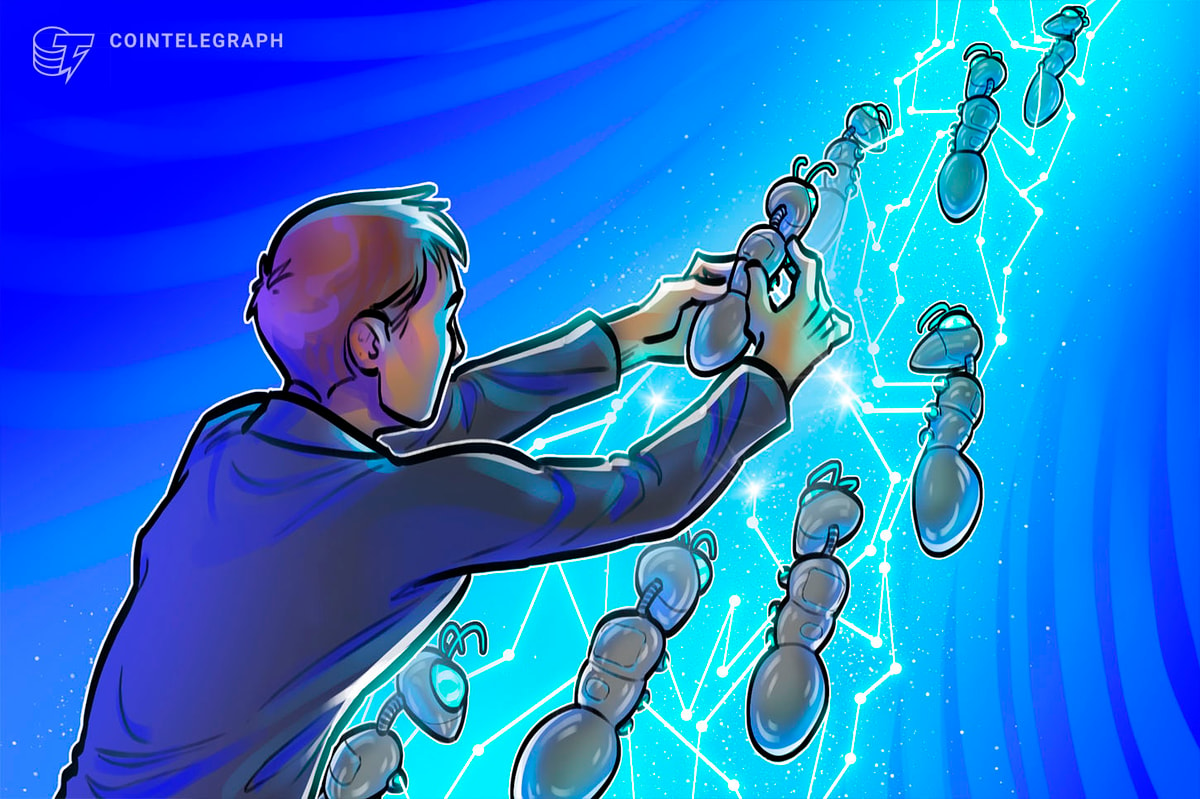
In the coming months, Goerli, Ethereum’s first multi-client testnet, will stop being supported by client and EF testing teams. The Dencun network upgrade will be the last one implemented on the network.
Either three months after the Goerli Dencun activation, or one month after the Dencun mainnet activation, whichever comes later, teams will begin exiting their validators [1]. Anyone relying on Goerli as a stable testnet should migrate elsewhere prior to this.
While Goerli staking is permissionless, client and testing teams’ validators make up a supermajority of the stake. Their exits will therefore affect the stability of the network. Additionally, teams plan to use the occasion to test delayed finality, inactivity leaks and mass-slashings.
Application and tooling developers are encouraged to use Sepolia to test decentralized applications, smart contracts, and other EVM functionality. Its permissioned validator set provides a stable test environment. Alternatively, many local development environments allow for testing against copies of the Ethereum mainnet state.
Stakers and infrastructure providers concerned with protocol-level testing are encouraged to use the newly launched Holesky testnet, where anyone can run a validator. For validator setup testing, stakers should also consider the Ephemery testnet. This network resets weekly and enables lightweight end-to-end testing of the validator lifecycle.
Goerli is currently expected to be the first testnet to activate the Dencun upgrade. Once the Goerli network upgrade date is set, this post will be updated to reflect it. The upgrade will be announced on this blog, and you can sign up to receive an email alert here.
Goerli was launched and maintained in a way that is emblematic of the Ethereum community: a group of semi-random people showed up to solve a technical problem and ended up building a community as a result. Thank you to everyone who contributed to the network over the years!
One contributor, whom all would agree gave the testnet its soul, deserves a special shout out: Afri Schoedon, thank you for the care and love you gave Görli!
[1] The dual-deadline approach was chosen to allow client teams the time to deploy a fix to Goerli in the case where a bug with the network upgrade was found late in the deployment process.
Cover image originally from Boris Niehaus on Wikipedia, and adapted by Tomo Saito.
Read More: blog.ethereum.org








 Bitcoin
Bitcoin  Ethereum
Ethereum  Tether
Tether  XRP
XRP  Solana
Solana  USDC
USDC  Dogecoin
Dogecoin  TRON
TRON  Cardano
Cardano  Lido Staked Ether
Lido Staked Ether  Wrapped Bitcoin
Wrapped Bitcoin  Hyperliquid
Hyperliquid  Wrapped stETH
Wrapped stETH  Sui
Sui  Chainlink
Chainlink  Avalanche
Avalanche  Stellar
Stellar  LEO Token
LEO Token  Bitcoin Cash
Bitcoin Cash  Toncoin
Toncoin  Shiba Inu
Shiba Inu  Hedera
Hedera  USDS
USDS  WETH
WETH  Litecoin
Litecoin  Wrapped eETH
Wrapped eETH  Monero
Monero  Polkadot
Polkadot  Binance Bridged USDT (BNB Smart Chain)
Binance Bridged USDT (BNB Smart Chain)  Ethena USDe
Ethena USDe  Bitget Token
Bitget Token  Pepe
Pepe  Pi Network
Pi Network  Coinbase Wrapped BTC
Coinbase Wrapped BTC  WhiteBIT Coin
WhiteBIT Coin  Aave
Aave  Uniswap
Uniswap  Dai
Dai  Bittensor
Bittensor  Ethena Staked USDe
Ethena Staked USDe  Aptos
Aptos  NEAR Protocol
NEAR Protocol  Cronos
Cronos  OKB
OKB  BlackRock USD Institutional Digital Liquidity Fund
BlackRock USD Institutional Digital Liquidity Fund  Internet Computer
Internet Computer  Jito Staked SOL
Jito Staked SOL  Ethereum Classic
Ethereum Classic  Ondo
Ondo